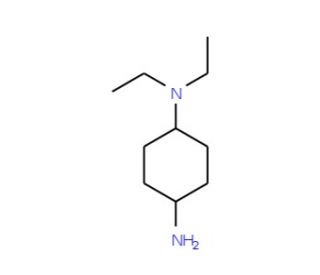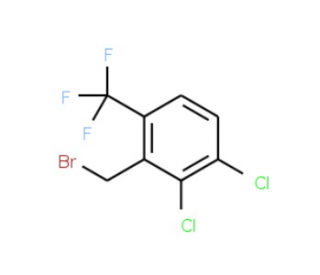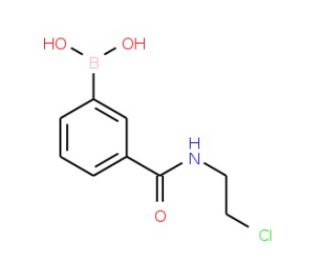详细说明
Purity
>95%, by SDS-PAGE under reducing conditions and visualized by silver stain
Endotoxin Level
<1.0 EU per 1 μg of the protein by the LAL method.
Activity
Measured by its ability to bind biotinylated rmCD99-L2 in a functional ELISA.
Source
Chinese Hamster Ovary cell line, CHO-derived
Human CD99-L2
(Val20 - Ala188)
Accession #NP_113650IEGRMD Human IgG1
(Pro100 - Lys330)N-terminus C-terminus Accession #
N-terminal Sequence
AnalysisVal20
Structure / Form
Disulfide-linked homodimer
Predicted Molecular Mass
44.5 kDa (monomer)
SDS-PAGE
65-75 kDa, reducing conditions
5185-CD |
| |
Formulation Lyophilized from a 0.2 μm filtered solution in PBS. | ||
Reconstitution Reconstitute at 100 μg/mL in sterile PBS. | ||
Shipping The product is shipped at ambient temperature. Upon receipt, store it immediately at the temperature recommended below. | ||
Stability & Storage: Use a manual defrost freezer and avoid repeated freeze-thaw cycles.
|
Background: CD99-L2
CD99 antigen-like 2 (CD99-L2) is a 45 kDa type I transmembrane glycoprotein in the CD99 family of molecules (1 - 3). The major form of human CD99-L2 cDNA encodes a 262 amino acid (aa) precursor with a 25 aa predicted signal sequence, a 160 aa extracellular domain (ECD), a 21 aa transmembrane (TM) segment, and a 56 aa cytoplasmic region (4). This form is called the long form, or isoform E3’-E4’-E3-E4. Other isoforms include the muscle E3-E4, missing aa 45 - 93, and E4, a short form missing aa 45 - 116 (1, 4). E3-E4 and E3’-E3-E4 forms are the major isoforms in mouse and rat, respectively (1). Human forms that diverge at Pro 45 (145 aa precursor) or Met 180 (173 aa precursor) have been sequenced, and would be predicted to lack a TM segment (4, 5). None of the forms contain predicted N-linked glycosylation sites within the ECD, but O-linked glycosylation is likely (1, 2). The ECD of the human CD99-L2 isoform E3-E4 shares 85%, 75% and 70% aa identity with the corresponding forms of mouse, rat, and bovine CD99-L2, respectively. The human CD99 and CD99-L2 ECDs share only about 35% aa identity, but both contain three conserved acidic motifs and are thought to originate from the same ancestral gene (1, 2). The nearly ubiquitous expression of CD99-L2 is similar to that of CD99. Human CD99-L2 cDNA is detected in most organs, but not in thymus (1). In the mouse, protein is detectable in lung, thymocytes, mouse leukocytes and vascular endothelial cells (1, 3, 6). The endothelial cell CD99-L2 is reported to mediate cell aggregation and neutrophil or monocyte, but not lymphocyte, extravasation to inflamed tissue in vivo (3, 6).
References:
Suh, Y.H. et al. (2003) Gene 307:63.
Park, S.H. et al. (2005) Gene 353:177.
Schenkel, A.R. et al. (2007) Cell Commun. Adhes. 14:227.
Swissprot Accession # Q8TCZ2.
Entrez Accession # EAW99391.
Bixel, G. et al. (2007) Blood 109:5327.
Long Name:
CD99 Molecule-like 2
Entrez Gene IDs:
83692 (Human); 171486 (Mouse); 171485 (Rat)
Alternate Names:
CD99 antigen; CD99 antigen-like 2; CD99 antigen-like protein 2; CD99 molecule-like 2; CD99B; CD99L2; CD99-L2; DKFZp761H2024; MIC2 like 1; MIC2L1; MIC2-like protein 1










 粤公网安备44196802000105号
粤公网安备44196802000105号